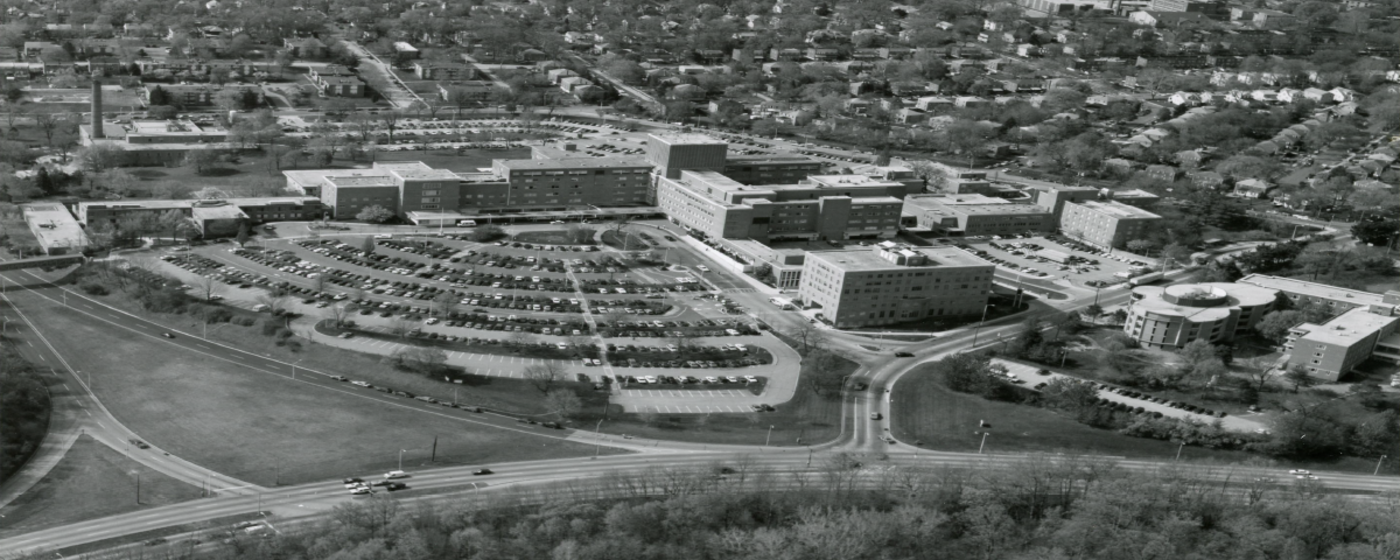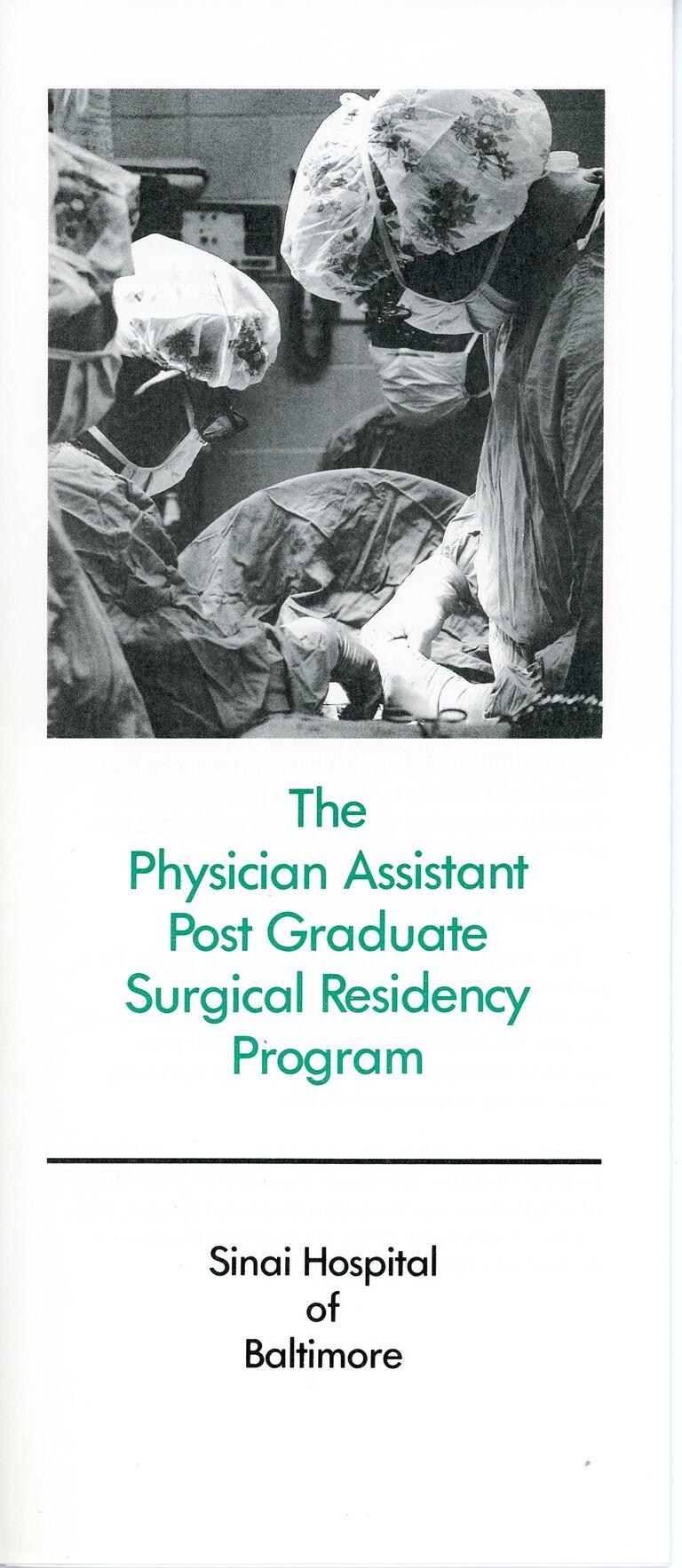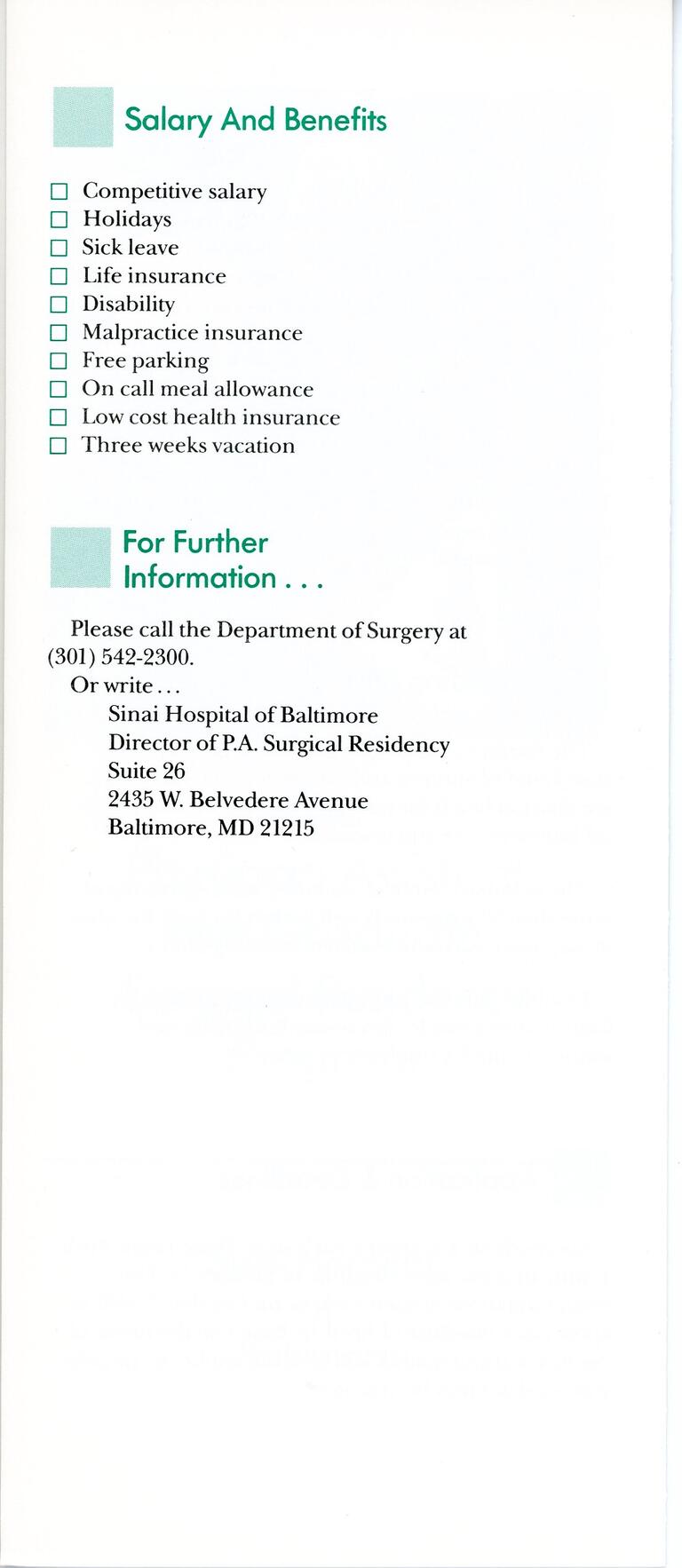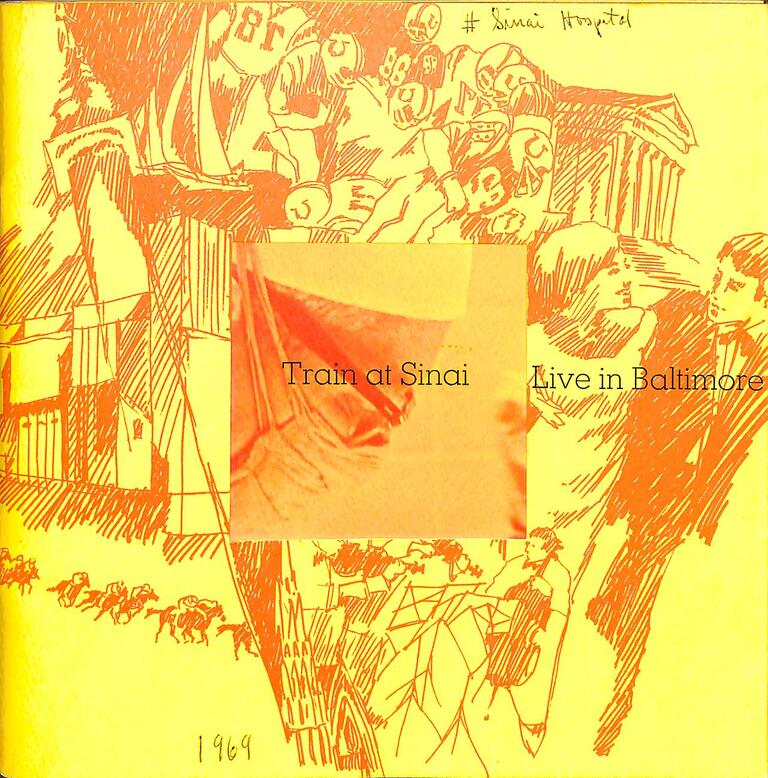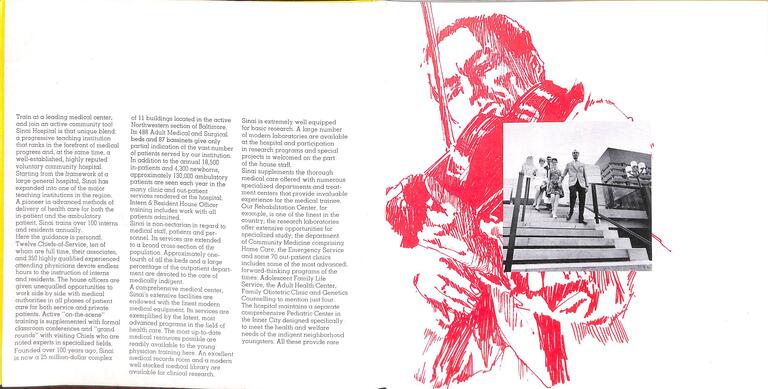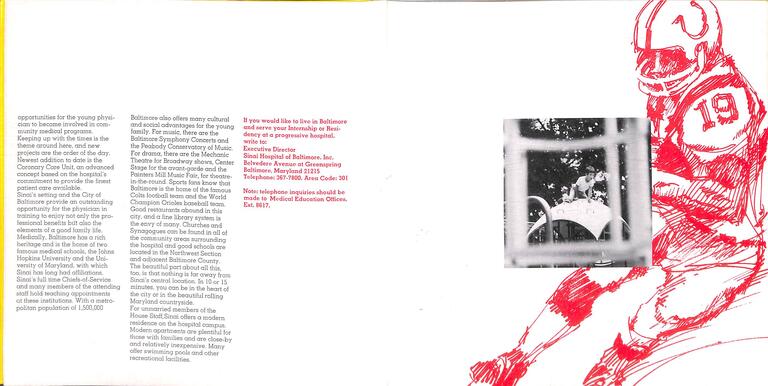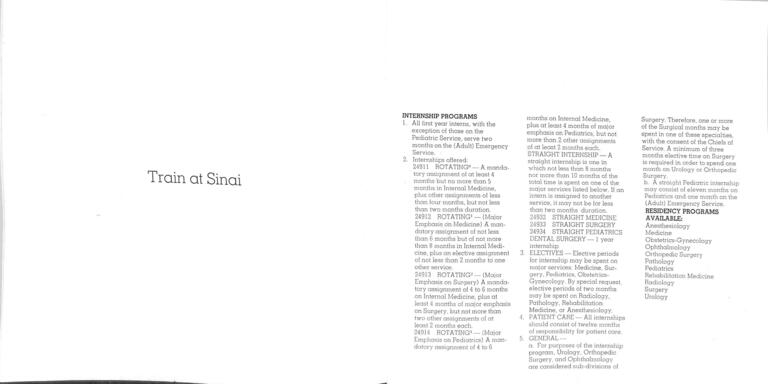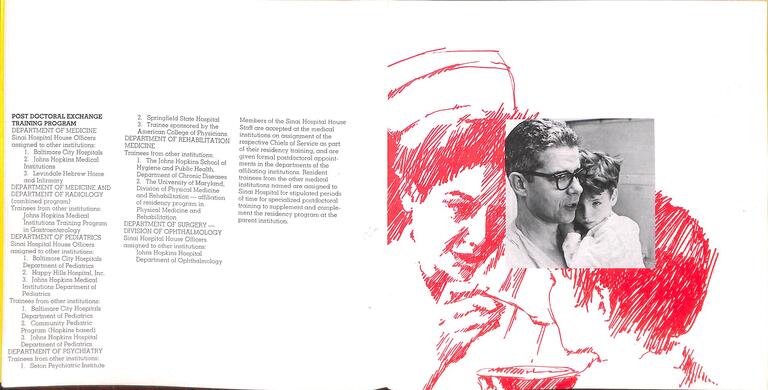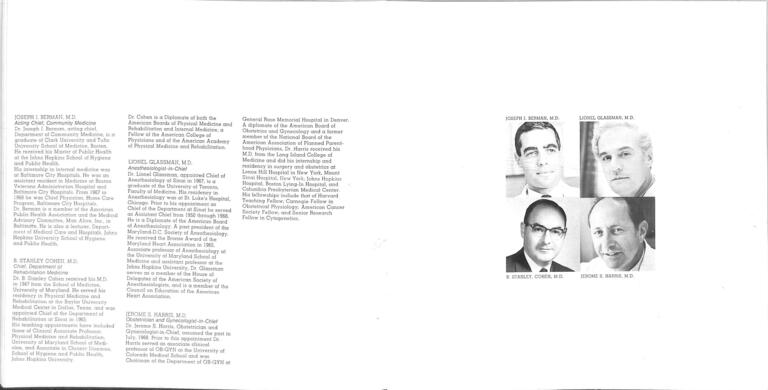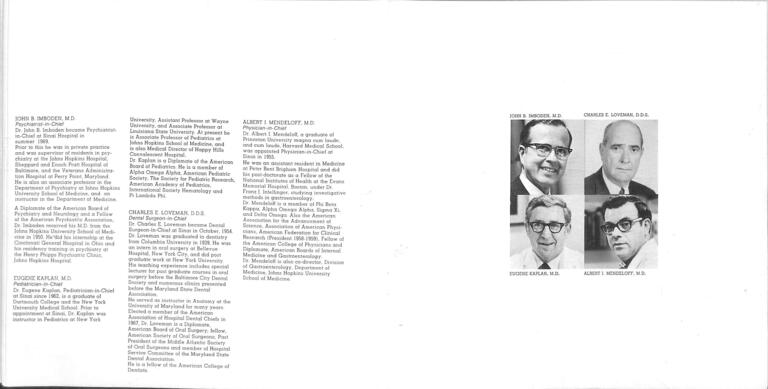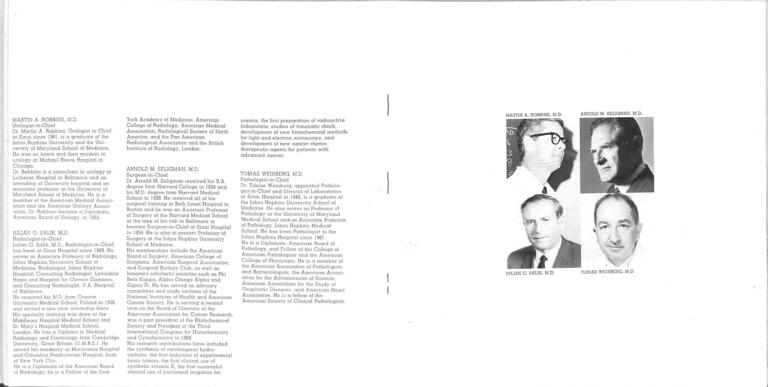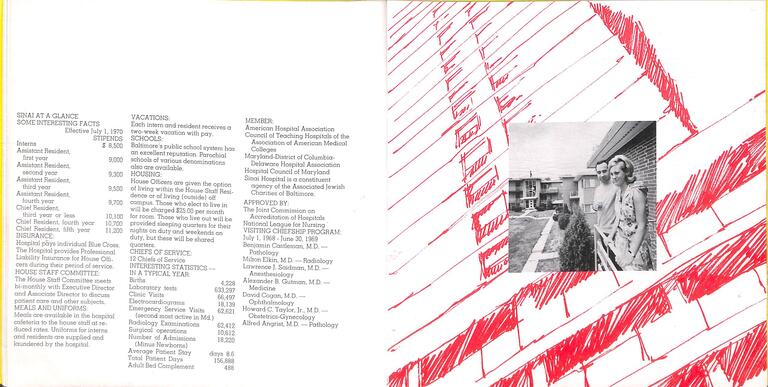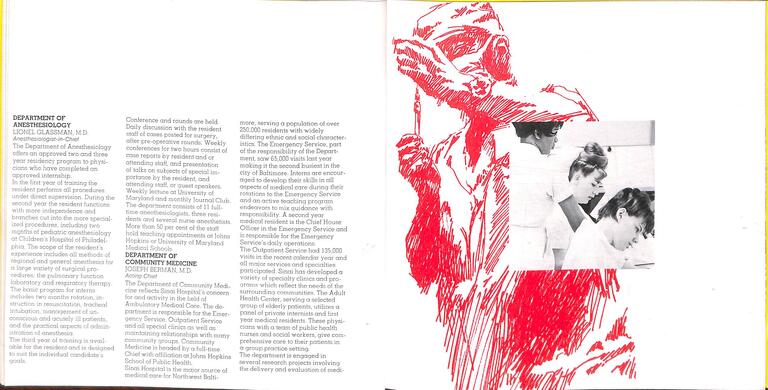OUR STORY: OUR JOURNEY
Sinai Hospital of Baltimore’s history is one of excellence in overcoming adversity. Despite facing antisemitism from the city’s medical institutions, which neglected patients’ needs and excluded Jewish doctors, Baltimore’s Jewish leaders envisioned a community hospital that would uphold its Jewish heritage while providing quality care to all.
Sinai Hospital’s excellence stems from resilience, grit, and entrepreneurial spirit, overcoming old injustices. While the dream of a world-class Jewish community hospital in Baltimore wasn’t certain, it was made possible by the contributions of its dedicated team members. Together, they achieve the original mission of providing exceptional patient care. To do this, we teach future physicians disease prevention and combat techniques through clinical experiences and research.

JEWS IN MARYLAND
Sinai Hospital of Baltimore’s history began with a struggle. Founded in 1631 as a refuge for persecuted Catholics, Maryland eventually became Protestant. Despite legal equality, citizens had to swear a test oath declaring Christian faith to hold public office, practice law, or vote. This severely curtailed the civil rights of Maryland’s Jews. In 1826, with the help of Delegate Thomas Kennedy, the state General Assembly passed the “Jew Bill,” granting full civil rights to Maryland Jews. Aspiring Jewish medical doctors faced challenges in entering the profession, including outright rejection from medical schools and limited professional opportunities due to bigotry.

FIRST HOSPITAL
Sinai Hospital of Baltimore’s history began with a struggle. Founded in 1631 as a refuge for persecuted Catholics, Maryland eventually became Protestant. Despite legal equality, citizens had to swear a test oath declaring Christian faith to hold public office, practice law, or vote. This severely curtailed the civil rights of Maryland’s Jews. In 1826, with the help of Delegate Thomas Kennedy, the state General Assembly passed the “Jew Bill,” granting full civil rights to Maryland Jews. Aspiring Jewish medical doctors faced challenges in entering the profession, including outright rejection from medical schools and limited professional opportunities due to bigotry.
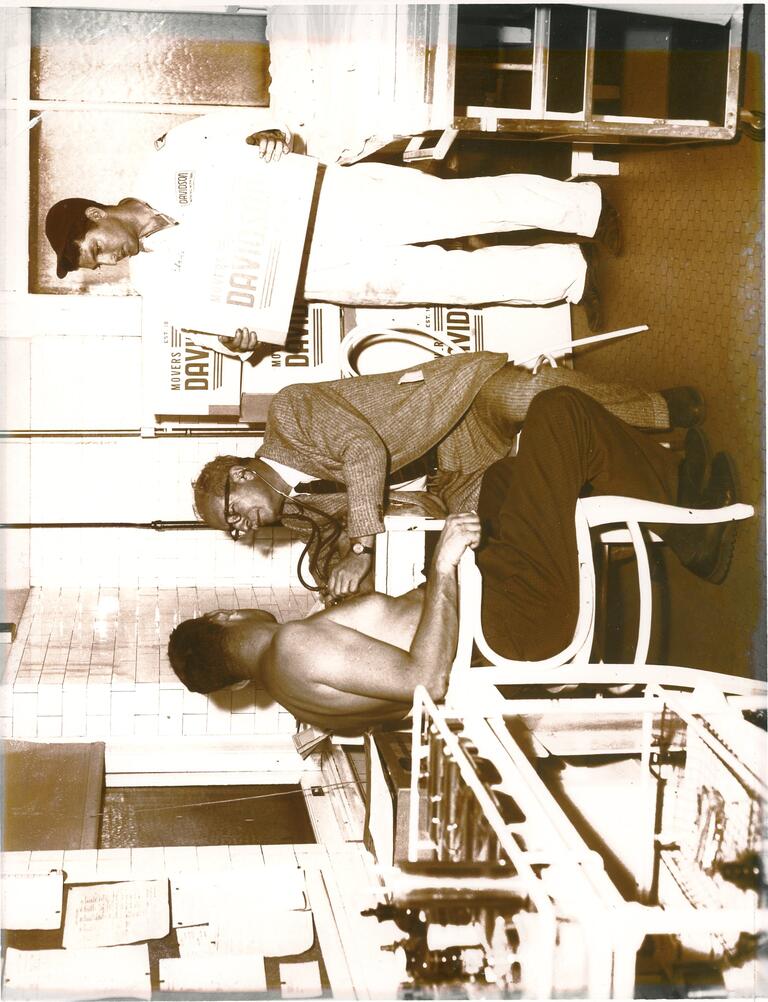
BUILDING UP A CENTER FOR CARE
Nineteenth-century hospitals primarily cared for the chronically ill and indigent. However, the Baltimore Asylum for Israelites, later renamed Hebrew Hospital of Baltimore and Sinai Hospital of Baltimore, developed inpatient care for recoverable illnesses.
Key developments included:
- Establishing a nursing school in 1906
- Appointing professional chiefs of service by 1920
- Receiving AMA approval to train interns and residents in 1928
- Expanding to include specialized departments
- Officially changing its name to Sinai Hospital of Baltimore in 1926, after AMA approval.
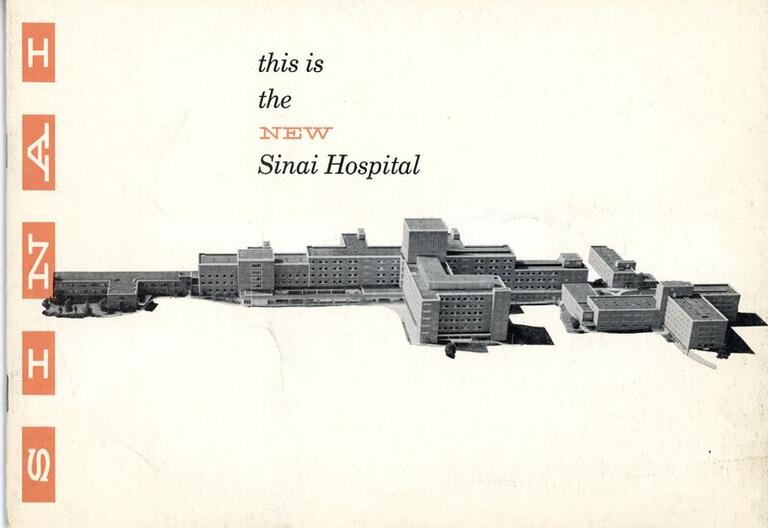
SINAI HOSPITAL MOVES
Sinai Hospital, due to consistent expansion of medical capacity and the migration of Baltimore’s Jewish population, required a new facility.
In 1944, Dr. E. M. Bluestone recommended a move from Monument Street to Northwest Baltimore, combining Sinai Hospital with Mt. Pleasant tuberculosis hospital and Levindale chronic care center into one major hospital center.
The Bluestone Report was implemented in 1959 when Sinai Hospital transferred its services to a new facility between Belvedere and Greenspring Avenues. The new hospital housed 483 private or semi-private rooms and over 600,000 square feet of floor space, with the initial capacity to expand to 750 beds.
Today, Sinai Hospital is the tertiary care academic medical center of LifeBridge Health, one of the largest healthcare providers in the greater-Baltimore area.
A PLACE OF INNOVATION
Jewish doctors largely excluded from prominent US research hospital positions, Sinai Hospital incubated the best minds and became a center for groundbreaking research and treatments.
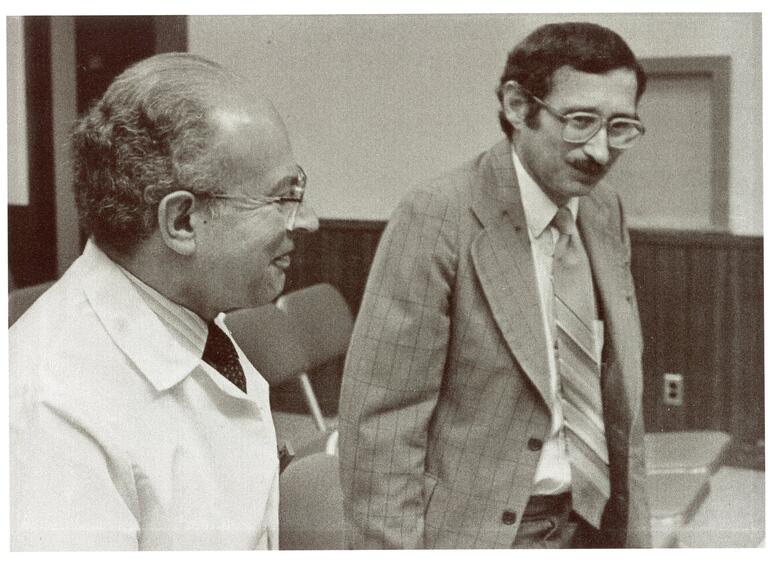
AUTOMATIC IMPLANTABLE CARDIOVERTER-DEFIBRILLATOR
In 1980, Drs. Michel Mirowski and Morton Mower co-developed the Automatic Implantable Cardioverter-Defibrillator (AICD). It senses and shocks the heart back to normal rhythm during ventricular fibrillation, a potentially deadly erratic beating. After FDA approval, the AICD was widely adopted worldwide.
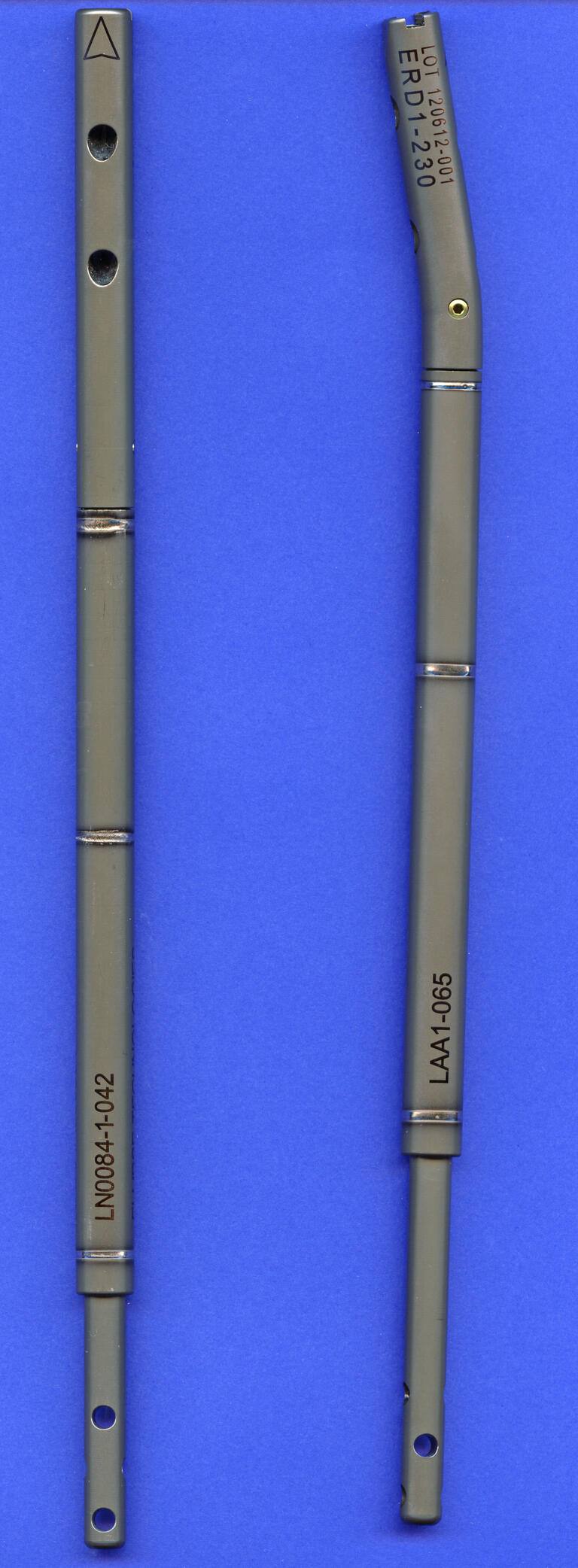
LIMB LENGTHENING
The International Center for Limb Lengthening, part of the Rubin Institute for Advanced Orthopedics, offers innovative treatments for Perthes disease, clubfoot, congenital femoral deficiency, fibular hemimelia, bone infection, brachymetatarsia, bunions, and achondroplasia-related deformities. Utilizing cutting-edge technology and proven techniques, Sinai doctors John Herzenberg and Shawn Standard co-developed the Precice internal limb-lengthening nail, revolutionizing limb lengthening beyond external pins and wires.
A TEACHING HOSPITAL
COMMITMENT TO EDUCATION
Education has been a core mission of Sinai Hospital since its inception. Historic antisemitism in the medical professions inspired Sinai’s postgraduate education programs, which provide aspiring doctors with the chance to learn their craft. Sinai’s educational opportunities have since expanded to include nursing, physician assistant, pharmacology, and radiological technology.
GRADUATE MEDICAL PROGRAMS
Sinai, an independent academic medical center, grew to be the third largest residency program in Maryland despite lacking university affiliation. It currently offers 7 full-time residency programs in Internal Medicine, General Surgery, Pediatrics, Obstetrics and Gynecology, Ophthalmology, Orthopedics, and Physical Medicine and Rehabilitation. Formerly, Sinai also offered Anesthesiology, Radiology, Pathology, Psychiatry, Dermatology, Urology, and Dental Surgery.
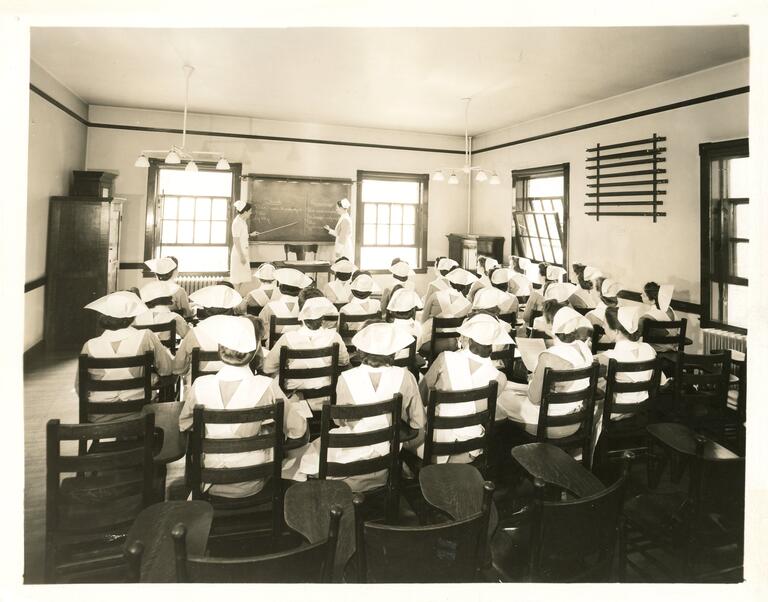
NURSING
Sinai Hospital, then Hebrew Hospital, established a nursing school in 1906, graduating over 1,600 students until 1975. Recognizing the importance of nursing education, Sinai partnered with Church Hospital and Johns Hopkins University Hospital in 1983 to offer B.S.N. nursing degree programs. Many nurses stayed at Sinai or worked in Baltimore.
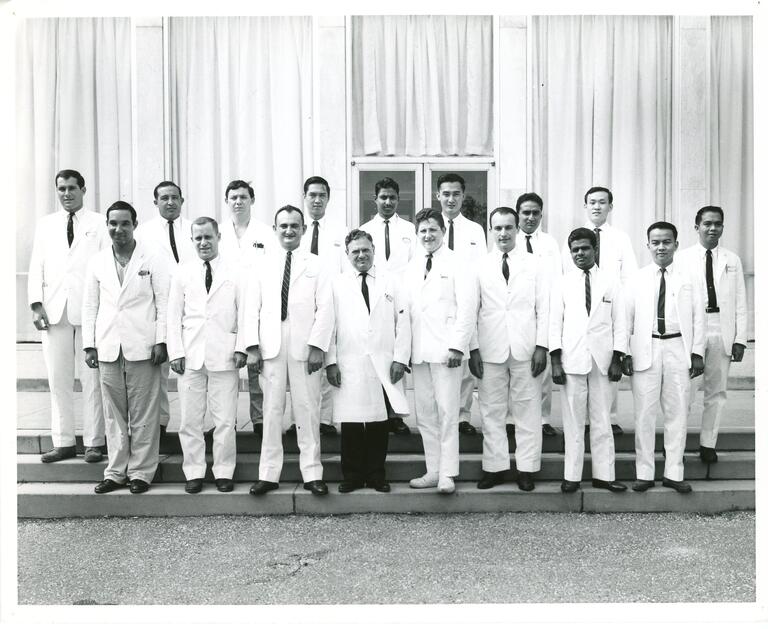
IMPACT
Sinai remains dedicated to medical education, attracting applicants globally. Its unique blend of innovative care and community-based approach has led to graduates pursuing various roles, including faculty, staff, private practice, and prestigious hospitals. Hospital educational programs inspire our staff physicians and faculty to stay updated with cutting-edge techniques.
Always Prepared to Respond
Sinai Hospital, known for its compassion, knowledge, and ingenuity,
has always been ready to respond to public health crises.
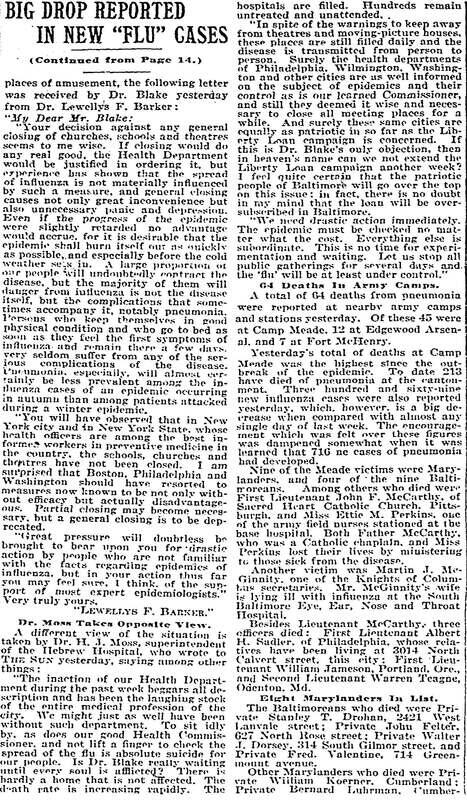
1918 Influenza Pandemic
In 1918, Maryland’s first cases of the influenza pandemic were reported among soldiers at Camp Meade. Like other Baltimore hospitals, Sinai Hospital, then The Hebrew Hospital, was overwhelmed with viral infections. While Dr. John D. Blake, Baltimore’s health commissioner, was relatively unconcerned about the spread of the “Spanish flu,” Hebrew Hospital’s superintendent, Dr. H. J. Moss, criticized Blake’s lax approach. Despite public debate, Hebrew Hospital staff continued to treat flu patients, but 50% of the hospital’s staff became infected.
Make a Gift
Please consider supporting the Our Story; Our Journey project.
Philanthropy to support the Our Story; Our Journey project, which includes the Sinai Hospital Archive, is through The Fund for the Future of Medicine. The fund supports graduate medical education opportunities, including medical research and medical innovation as part of Sinai’s Graduate Medical Education
(GME) Program.
Gifts may be made by check, gifts of stock or allocations from private foundations or donor advised funds.
Checks from individuals, corporations, donor advised funds or foundations should be made payable to: “Sinai Hospital of Baltimore” (TIN 52-0486540).
Please reference “The Fund for the Future of Medicine” in the memo line of the check or cover letter. Send checks to:
Julie Cox, VP of Development
LifeBridge Health Department of Development
2401 W. Belvedere Avenue
Baltimore, MD, 21215
For gifts of stock or other property, contact the LifeBridge Health Department of Development at (410) 601-GIFT (4438). To make a gift online in support of the Fund for the Future of Medicine, please click here.
